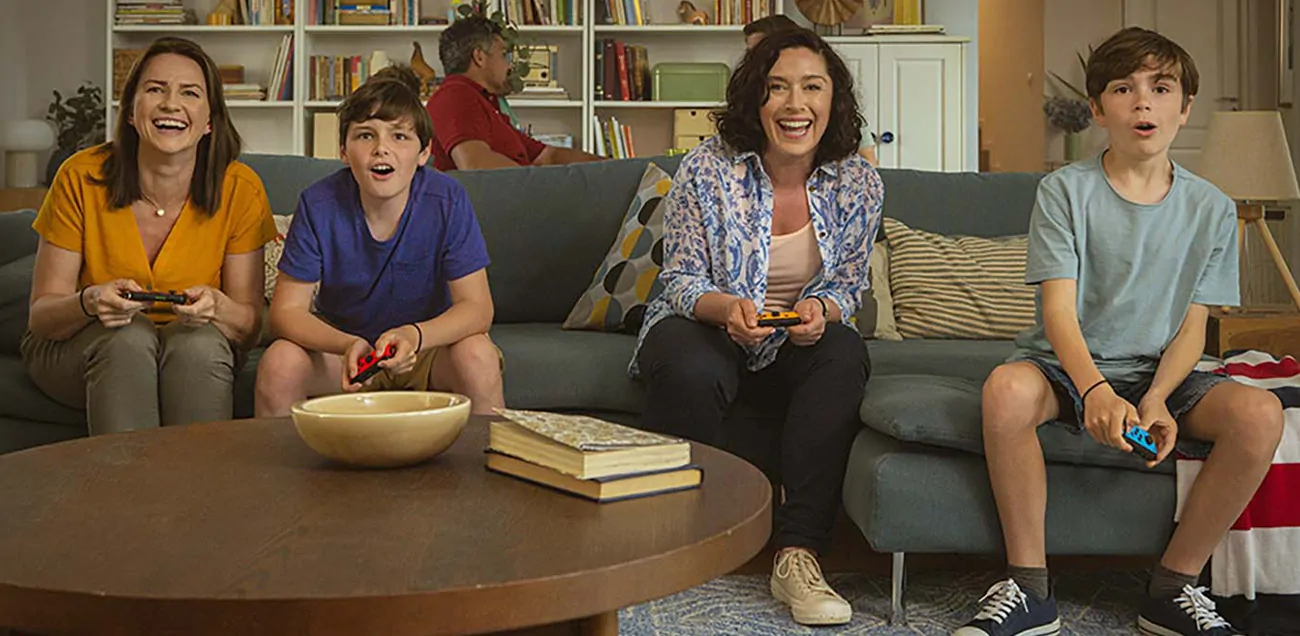Video Game PEGI Ratings
4 min read
Last Modified 20 August 2025 First Added 20 August 2025

Understanding what media is appropriate for children can be a bit of a minefield with so many choices out there.
The Entertainer has a broad range of video games aimed at a variety of age groups, with child friendly options across the board. Still, understanding the content of what you’re buying helps you get a better grip on what your children are interacting with.
Fortunately, there is a handy guide system, called PEGI, to help you understand what games are suitable for various age ranges, and why this is the case.
The Pan-European Game Information age rating system (PEGI) is designed to help parents understand what’s in videogames so that they can make an informed decision when buying.
Run by an independent, not-for-profit organisation with a social purpose, it was launched in 2003, to help make age ratings more uniform across Europe by replacing local ones in over 35 countries and territories.
Supported by major console manufacturers, including Nintendo, Sony and Microsoft, PEGI labels feature on the boxes and packaging of videogames to let you know exactly what you’re picking up.
PEGI will label a videogame with an age rating relating to whether the content is suitable for people in that age group or above. The numbers on the PEGI label should relate to the age group for which the PEGI raters feel the content is appropriate for but, of course, parents should still use their own discretion when making a choice.
These labels are enforceable under UK law, so a retailer cannot sell a PEGI rated game of 12 or higher to anyone below that age.
Games with this rating are appropriate for all audiences and should not contain any sounds or images that are likely to scare young children. They may contain extremely mild violence in a cartoonish or childlike setting but should not contain any bad language.
These games may contain sounds and images that could possibly be frightening to younger children. They could possibly include mild violence that is implied, non-detailed or non-realistic.
These games can be slightly more intense in nature, containing non-realistic violence towards fantasy characters. Lewd references may also be present, and bad language must be mild and kept to a minimum.
Game content that has violence or other adult activity approaching a realistic nature will be rated with the 16 label. Bad language can be present and more extreme than lower numbered ratings, while substances intended for adult use may also be depicted.
This is the adult rating for videogames and is used to notify consumers that the content here contains a violence in a greater nature and other activities not suitable for younger audiences.
Although not strictly an age rating, this “Parental Guidance Recommended” label can appear on non-game apps and digitally delivered products to warn that they may offer a broad variety of user generated content or curated content. As such, parents should be aware that this content may not be suitable for their child.
Beyond the age ratings, you may also notice that game packaging may have content descriptor labels to help clarify exactly what sort of content the game entails. These will categorise exactly what is in the game and why it has received its rating.
For more information on PEGI ratings, you can find a breakdown of their guidance via their website.
Shop The Entertainer’s range of video games, gaming consoles and other tech for family friendly fun, including Nintendo Switch 2. Play together responsibly.
Read our disclaimers.